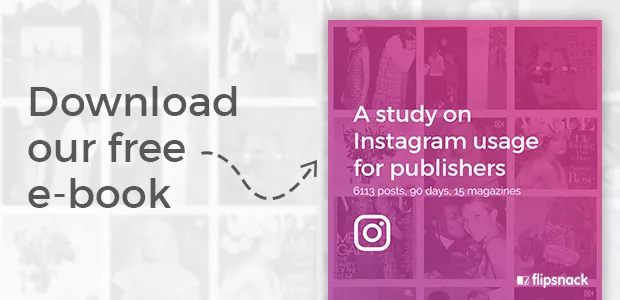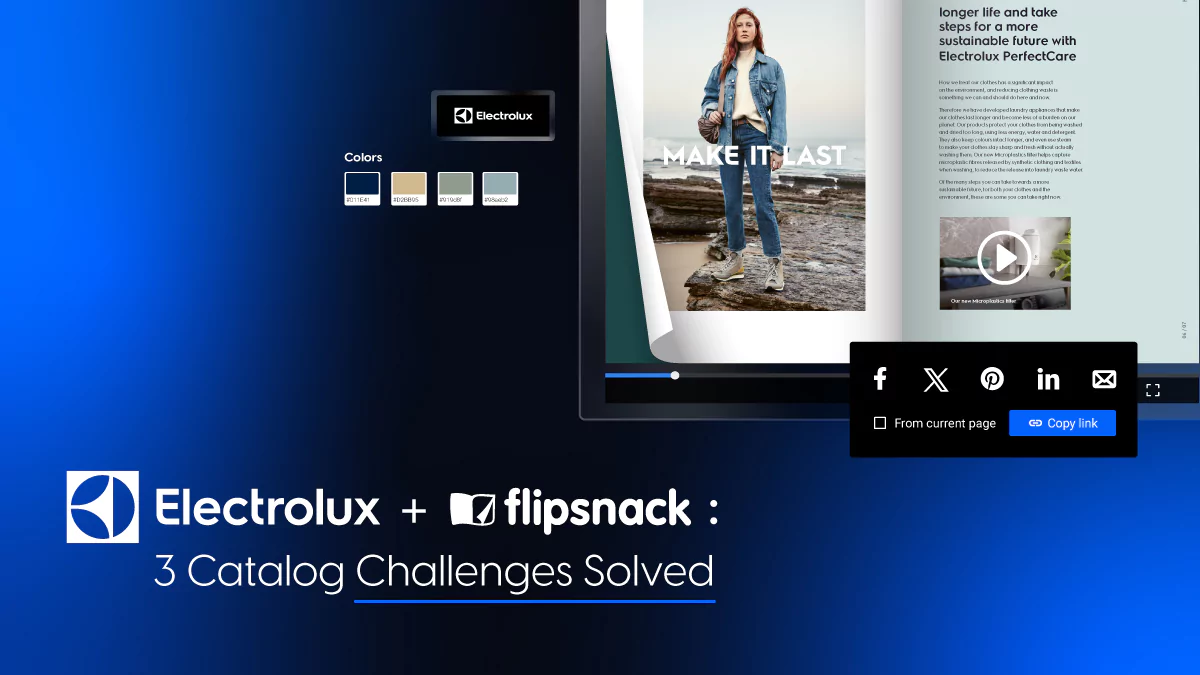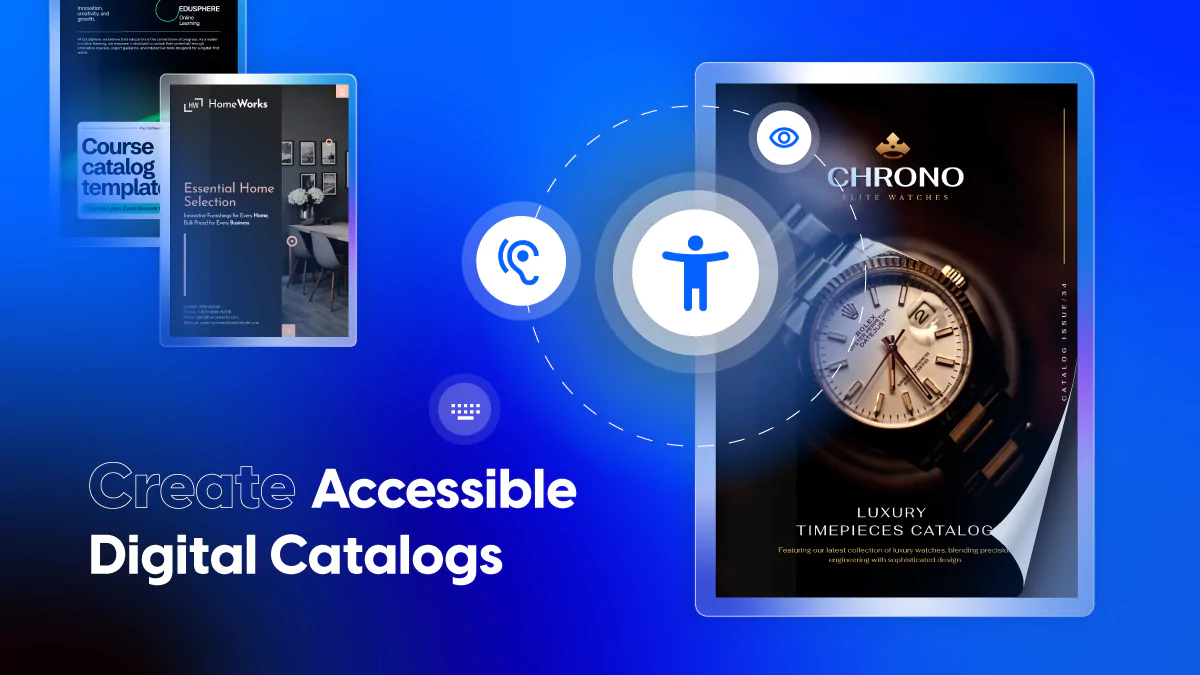What we learnt from analyzing over 6000 Instagram posts
On Jan 8th, 2017 we started a 3-month project that involved following 15 magazines on Instagram and monitoring their every post, including stories.
We included 10 women’s magazines and 5 men’s magazines in our research (there are more women’s magazines than men’s on the market):
- Vogue @voguemagazine
- Harper’s Bazaar @harpersbazaarus
- Marie Claire @marieclairemag
- Seventeen @seventeen
- Cosmopolitan @cosmopolitan
- Glamour @glamourmag
- Allure @allure
- Elle @elleusa
- InStyle @instylemagazine
- Women’s Health @womenshealthmag
- Sports Illustrated @sportsillustrated
- GQ @gq
- Maxim @maximmag
- Esquire @esquire
- Men’s Health @menshealthmag
For each post we tracked the following details:
- Exact publishing time
- Date & day of the week
- Post type (photo / video / multipost)
- Category (food, fashion, sports, etc)
- Number of hashtags in description
- Number of mentions in description
- Number of emoji in description
- Number of likes (after 24h – 48h)
- Number of comments (after 24h – 48h)
In addition to the posting activity, we also tracked:
- Number of followers – daily updates
- Instagram stories – checked every 24h
Now multiply all the post details with 6157 (the number of posts we covered) and the daily updates with 90 and you’ll have a clear picture of the amount of data we collected for our report.
Most of this data was collected using Iconosquare.
Why we did the research
We wanted to understand how big magazine publishers use Instagram because we believe that this data will help others learn from the best.
You’ll have to keep in mind that these are accounts with huge followings, from all over the world, so what worked for them might not work exactly the same way for all Instagram accounts. We certainly noticed some anomalies that surprised us!
Click the download icon in the full-screen reader to get a copy of this report.
A summary of what we uncovered:
Audience Growth
There was no correlation between the audience growth rate and the size of the initial audience. We expected to see some kind of connection between the two. For example, Vogue has a huge following, so we kind of expected their growth to plateau, especially because 1% in Vogue’s growth rate equals to a higher number of followers than for an account with a quarter of their following. However, their growth rate hasn’t been below the average.
Check our report for more graphics and examples.
Top performing posts
We picked the top performing photos and videos in terms of likes and comments.
It’s no surprise that a photo of Selena Gomez ended up in our top of best performing posts because she is the queen of Instagram.
Perhaps we can learn 2 things from the top-performing posts:
- By associating your account/brand with celebrities, you will get more engagement
- We already know that sex sells, but it seems that it also drives a higher engagement rate. Check the report to see the penis-shaped pickle drinks video that got the highest number of comments
Post type & engagement
We noticed that photos get more likes, but videos get more Instagram comments. The exact numbers and percentages can be found in our report.
Category & engagement
We analyzed the subject of each picture/video, read all descriptions and placed each post in a category: fashion, beauty, celebrities, sports, food, politics and social issues, travel, events, text posts and other.
Women’s magazines post about Fashion, Celebrities, Events, Beauty and Other. The most engaging category of photos and videos were the posts about political and social issues, even though these represent less than 5% of total posts.
Men’s magazines are publishing content about Sports, Other (lots of cars and semi-naked ladies in the other category), Celebrities, Food and Fashion. The most engaging posts for men were about fashion items: shoes, apparel and outfit ideas.
Date / time & engagement
There is a correlation between when you post and the number of likes and comments that you’re going to get. For these magazines, Monday was the best day of the week in terms of engagement, and it was also the day with the highest number of posts. This can mean 2 things:
- The engagement rate is higher because there’s a higher number of posts
- The admins of their accounts know that Monday is the best day for engagement, hence the higher number of posts
Regarding the time of day: the best time for posting is between 8 AM and 11 AM (EEST).
Stories
Women’s magazines publish more stories than men. Their stories are about fashion shows, designers, beauty products and celebrities.
Thursday is the day when publishers are the most likely to post stories.
Mentions and hashtags
Given the fact that we’re talking about brands with huge followings, it’s not a surprise that they are not relying on the use of mentions and hashtags to get engagement.
Mentions are generally used to tag celebrities or for credits. We noticed a spike in engagement rate for stylized shots that used 10 mentions to credit everyone who was involved in the shooting: make-up artist, stylist, photographer, hairstylist, manicurist, model, designers, etc. The engagement rate is also very good for posts that use 3 mentions.
With hashtags, we had a big surprise. It turns out that when you have millions or several hundred-thousands followers, hashtags don’t help. The best performing posts didn’t use any hashtags at all, but they were posted from the most followed account (Vogue).
The conclusion isn’t that you shouldn’t use hashtags. It’s just that your followers will be more engaged with your posts than random people who discover you through hashtags.
That’s why you should focus more on getting free Instagram followers organically by consistently posting quality content and engaging with your audience. The more followers you have, the more engagement you’ll see.
Emoji usage
We wrote an entire chapter about emojis, because around 45% of posts used at least 1 emoji in the description. We analyzed the connection between emoji usage and the target audience of these magazines.
Events
One of the chapters in our ebook is about events like the Oscars and Grammy Awards because we noticed abnormal activity on Instagram related to them. We also present different perspectives on the Super Bowl, and how it was depicted in women’s and men’s magazine accounts.
Use cases: Vogue and Sports Illustrated
Read more about the biggest publisher in our study (Vogue) and about the most active one (Sports Illustrated).
For more information get the full report.
Please don’t hesitate to contact us if you have any questions about our research.




I am a marketing and PR professional so I lIke your research study. What I don’t understand is why Selena Gomez is the “Queen of Instagram”, unless we have 110 million pre-teen/teenagers in USA or worldwide? By the way, she suspended her account citing mental health reasons. Her music is dime a dozen.. like a generic vanilla ice cream at the supermarket.. I don’t get it?
What I am learning, as an adult using Instagram for my book, is that the same rules apply. Nothing has changed: Sex sells.. videos, photos, posts. Also, the internet still is a toy and most people are either playing games or want to be popular by a number of followers. Totally insane. Unless you have a really great dildo for sale, a new CD or already established like Vogue… it is going to be a long hard road… no pun intended. LOL!!
Hi Ivan, thank you for the comment. I called Selena the “queen of Instagram” because of her popularity, not because of her music and not because I particularly like her (I don’t). I merely hinted at the fact that she is the most followed person on Instagram at the moment: https://index.iconosquare.com As you said, she took a break from Instagram citing mental health reasons, but she’s back.
Your conclusion is spot-on: for small publishers there’s no secret to overnight success, it’s rather a long hard road